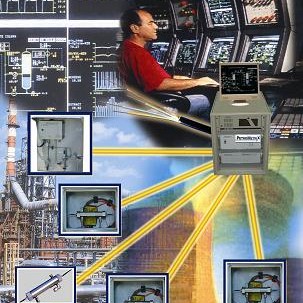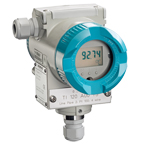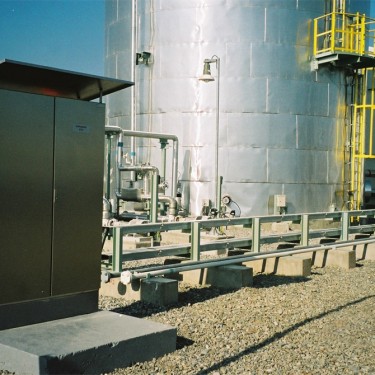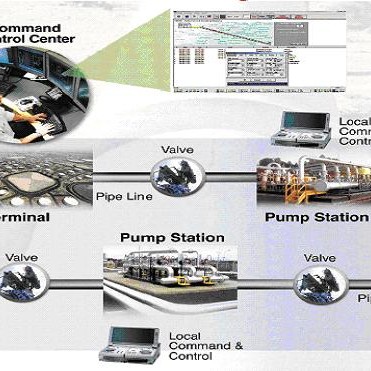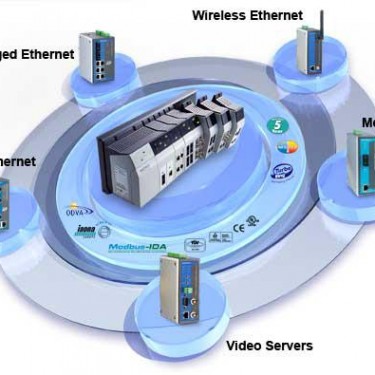 Modcon SCADA and IIoT systems provides robust, scalable, user friendly and nonproprietary solutions that seamlessly can be integrated into existing platforms and systems. The solution focuses on all the crucial factors like pipeline product quality, control system flexibility and leak detection traceability, low system maintenance and pipelines performance, and regulatory compliance during all the phases of a project – from the initial design development to installation and future expansions.
Modcon SCADA and IIoT systems provides robust, scalable, user friendly and nonproprietary solutions that seamlessly can be integrated into existing platforms and systems. The solution focuses on all the crucial factors like pipeline product quality, control system flexibility and leak detection traceability, low system maintenance and pipelines performance, and regulatory compliance during all the phases of a project – from the initial design development to installation and future expansions.
Pipelines leakage could threaten neighborhoods, contaminate water supplies, or pollute environmentally-sensitive land. Pipeline companies face increasing requirement to protect their assets from different kinds of malicious activities, ranging from simple theft to terrorism. The system is designed to allow their pipeline controllers to efficiently and effectively monitor and control pipeline operations in real time in a centralized control room.
Early leak detection technologies includes pressure, flow, acoustic, seismic, electromagnetic, mechanical, chemical, thermal and other pipeline measurements. The system analyses the calculated pipeline state, searches for anomalies that suggest a leak and determines their location. Real-time operational implementation of dynamic model and monitoring system for detailed post-event analysis allows to pinpoints the source of a chemical release using meteorological data and concentration measurements from the analyzers/sensors.
The system includes main components as below:
- Field instrumentation for quantitative measurement and control
- Real-time control pipeline security system around the perimeter and on the pipelines
- Radio, satellite, fiber optic or cellular communication network to acquire field data for room control SCADA master station which allows operator to view current or previous data, alarm messages, and to issue controls to field equipment.
- On-line Analyzers for petroleum products quality determination and control.
- Early leak detection system analyses which calculates pipeline state, searches for anomalies that suggest a leak and determines their location
Pipeline companies use Modcon SCADA & IIoT systems to allow their pipeline controllers, in a centralized control room, to efficiently and effectively monitor and control pipelines, pump stations, filling terminals operations in real time.  Data is collected from field instrumentation and Product Quality Modules by remote terminal units (RTUs), flow computers, and/or programmable logic controllers (PLCs) which then relay the information to the SCADA master station via the deferments field communication networks.
Data is collected from field instrumentation and Product Quality Modules by remote terminal units (RTUs), flow computers, and/or programmable logic controllers (PLCs) which then relay the information to the SCADA master station via the deferments field communication networks.
The SCADA operator station performs any required data conversions, intermediate calculations, checks for unusual conditions which should be brought to the attention of a pipeline controller, and stores data for viewing, long-term archiving, and for use by advanced applications and open Field Bus protocols. Pipeline controllers interface with the SCADA operator/monitoring station through the graphical user interface (HMI) which allows them to view current or historical data, alarm messages, and issue controls to field equipment.
Modcon Pipeline SCADA & IIoT systems cover a broad range from small to huge, relatively simple to very complex, and important to extremely critical for both financial and safety reasons. A small system may be comprised of a local control/monitoring station, which also supports the HMI Station, to handle several hundred points in a non-critical environment. A large system may be comprised of triple-redundant sets of servers and Hybrid-Controllers, in a distributed configuration, spread out over multiple geographic locations along with numerous multi-headed HMI workstations, support staff and management. Factors such as point count, data acquisition rates, and availability (up-time) requirements determine the size, complexity, and redundancy of the pipeline control system.
In some cases, emissions localization IIoT solution can be applied, which represents a real-time operational implementation of dynamic model and monitoring system for detailed post-event analysis that allows to pinpoints the source of a chemical release using meteorological data and concentration measurements from the analyzers/sensors.








